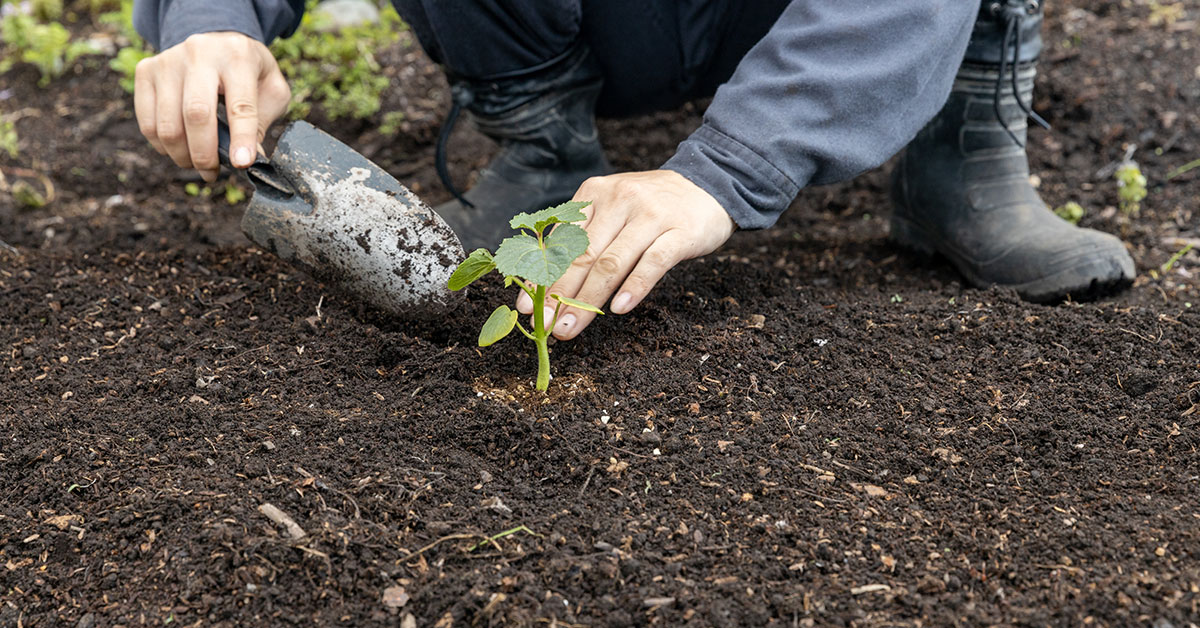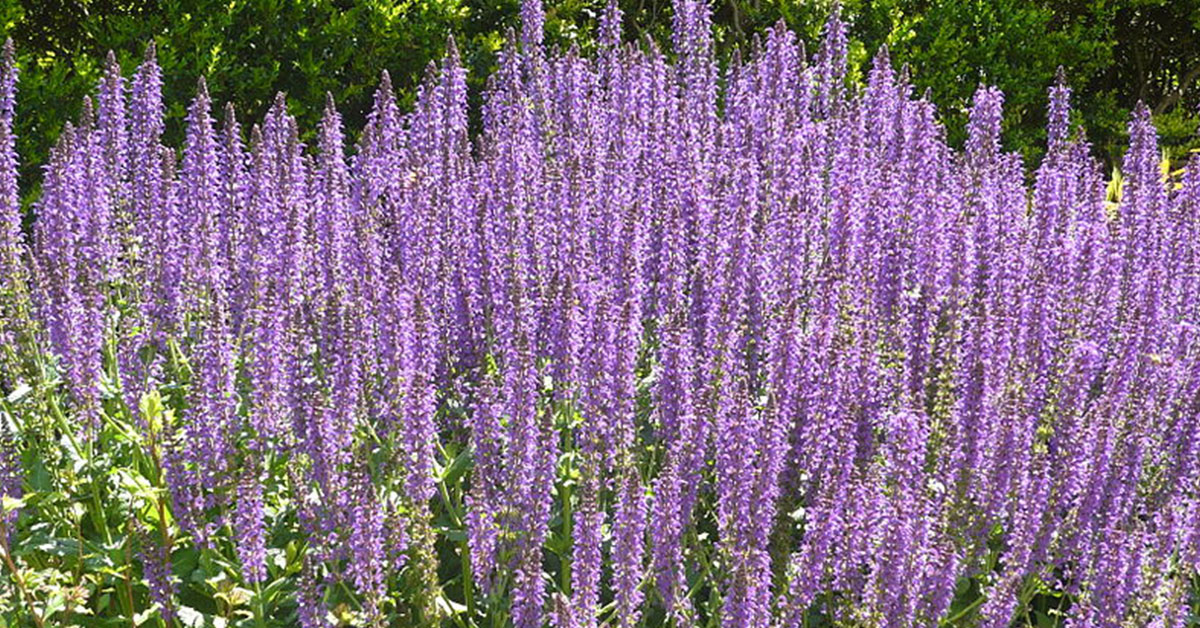Welcome to the world of okra cultivation in Zone 7! If you are a gardening enthusiast residing in this region, you are in luck, as growing okra can be a rewarding and fruitful experience. Zone 7, which encompasses areas with an average minimum temperature range of 0°F to 10°F (-17°C to -12°C), offers a suitable climate for okra to thrive. However, timing is crucial when it comes to planting this warm-season vegetable. In this article, we will delve into the optimal time to plant okra in Zone 7, considering both the frost-free date and the specific requirements of this heat-loving plant.
By following these guidelines, you can maximize your chances of a successful okra harvest and enjoy the delicious and nutritious bounty it provides.
Best okra varieties to grow in zone 7
In Zone 7, where the average minimum winter temperature ranges from 0 to 10 degrees Fahrenheit (-17 to -12 degrees Celsius), it is important to choose okra varieties that are well-suited to cooler climates. Here are a few okra varieties that tend to perform well in Zone 7:
- Clemson Spineless: This is a popular variety that is known for its high yields and disease resistance. It is a compact plant, making it suitable for smaller gardens or containers.
- Emerald: Emerald okra is another excellent choice for Zone 7. It produces dark green pods that are tender and flavorful. It is a vigorous variety that can tolerate cooler temperatures.
- Annie Oakley II: This variety is known for its early maturity, making it a good option for Zone 7 gardeners who want to get a head start on the growing season. It produces spineless pods that are tender and tasty.
- Burgundy: If you’re looking for something a little different, Burgundy okra is a great choice. It produces deep red pods that are not only visually striking but also delicious. It is a heat-tolerant variety that can handle cooler temperatures as well.
Remember to always check the specific growing requirements and recommendations for each variety, as some may have specific needs regarding soil, sunlight, and spacing. Additionally, providing your okra plants with adequate protection, such as row covers or mulching, can help them withstand cooler temperatures and extend the growing season.
When to plant okra in zone 7
In USDA Hardiness Zone 7, which includes a moderate climate with relatively mild winters, the average last frost date typically falls between mid-March and mid-April. For successful okra cultivation, you can follow these approximate guidelines: Average Last Frost Date: Mid-March to Mid-April
Based on this, you can plan your okra planting as follows:
- Direct Sowing Outdoors: After the average last frost date, which is usually in mid-March to mid-April, you can directly sow okra seeds in the garden.
- Transplanting Seedlings: If you prefer to start okra indoors and transplant seedlings, you can do so about 6-8 weeks before the average last frost date. This means you should start your okra seeds indoors around late January to early February.
Keep in mind that these are approximate timelines, and local weather variations can impact the actual planting dates. To get the most accurate and tailored advice, it’s recommended to check with your local gardening extension office or experienced gardeners in your area who are familiar with the specific conditions of Zone 7.
How to grow okra in zone 7
Growing okra requires careful planning and attention to detail. Here are the steps and considerations to keep in mind:
- Climate and Season: Okra thrives in warm climates with temperatures between 75-90°F (24-32°C). It is a heat-loving plant and requires a long growing season of at least 60-80 days. Ensure that your region has a suitable climate for growing okra.
- Soil Preparation: Okra prefers well-drained soil with a pH level between 6.0-6.8. Prepare the soil by removing any weeds, rocks, or debris. Incorporate organic matter like compost or well-rotted manure to improve soil fertility and drainage.
- Planting: Okra can be started from seeds or transplants. If starting from seeds, sow them directly into the garden after the last frost date, when the soil temperature reaches around 65°F (18°C). Plant the seeds about 1 inch deep and 12-18 inches apart, leaving 3-4 feet between rows. If using transplants, plant them at the same depth as they were in their containers.
- Watering: Okra requires regular watering, especially during dry spells. Water deeply, providing around 1 inch of water per week. Avoid overhead watering to prevent fungal diseases. Mulching around the plants can help conserve moisture and suppress weed growth.
- Fertilization: Okra is a heavy feeder and benefits from regular fertilization. Before planting, incorporate a balanced organic fertilizer into the soil. Side-dress the plants with a nitrogen-rich fertilizer, such as compost or aged manure, every 4-6 weeks throughout the growing season.
- Support: Okra plants can grow quite tall, reaching heights of 4-6 feet. Consider providing support, such as stakes or trellises, to prevent them from toppling over during strong winds or heavy fruiting.
- Pest and Disease Management: Common pests that affect okra include aphids, flea beetles, and stink bugs. Monitor your plants regularly and use organic pest control methods like handpicking or spraying with insecticidal soap if necessary. Okra is generally resistant to diseases, but keep an eye out for fungal infections like powdery mildew or wilt. Proper spacing, good air circulation, and avoiding overhead watering can help prevent these issues.
- Harvesting: Okra pods are ready to harvest when they reach 2-4 inches in length, usually within 50-60 days after planting. Harvest every 2-3 days to ensure the pods are tender and not tough. Use a sharp knife or pruners to cut the pods from the plant, taking care not to damage the stem or leaves.
By following these steps and considerations, you can successfully grow okra and enjoy a bountiful harvest.
When to harvest okra
In zone 7, you can plan to start picking okra approximately 55 to 60 days after planting. The exact timing will depend on the specific variety you are growing and the weather conditions in your area. Okra pods are typically ready to harvest when they reach around 2 to 4 inches in length. It’s important to check your plants regularly as the pods can become tough and fibrous if left on the plant for too long. Harvesting okra regularly, every 2 to 3 days, will encourage the plant to produce more pods.
Common okra problems and fixes
Okra can face several common problems, ranging from pests and diseases to environmental issues. Here are some common okra problems, along with potential fixes:
- Aphids:
- Problem: Aphids are small, soft-bodied insects that cluster on the undersides of leaves, sucking sap and causing leaf curling, stunted growth, and a sticky residue called honeydew.
- Fix: Use a strong stream of water to dislodge aphids from the plants. You can also use insecticidal soap or neem oil to control aphid populations.
- Flea Beetles:
- Problem: Flea beetles create small holes in the leaves, leading to a lace-like appearance. Plants can become weakened.
- Fix: Use floating row covers to protect young plants from flea beetles. Neem oil or insecticidal soap can also help control these pests.
- Whiteflies:
- Problem: Whiteflies are small, white insects that suck sap from leaves, causing yellowing, wilting, and a decline in plant health.
- Fix: Introduce natural predators like ladybugs or parasitic wasps to control whitefly populations. Neem oil or insecticidal soap can also be effective.
- Leafhoppers:
- Problem: Leafhoppers cause stippling on leaves and can transmit plant diseases.
- Fix: Remove weeds and debris that can harbor leafhoppers. Consider using insecticidal soap or neem oil if the infestation is severe.
- Root Knot Nematodes:
- Problem: These microscopic worms attack the plant’s roots, causing stunted growth, yellowing leaves, and poor pod development.
- Fix: Choose nematode-resistant okra varieties. Practice crop rotation and use soil solarization to reduce nematode populations.
- Fungal Diseases (e.g., Powdery Mildew, Fusarium Wilt):
- Problem: Fungal diseases can cause leaf spots, wilting, and overall decline in plant health.
- Fix: Improve air circulation by spacing plants properly. Avoid overhead watering, as moisture on leaves can encourage fungal growth. Apply fungicides if necessary.
- Bacterial Wilt:
- Problem: Bacterial wilt causes sudden wilting of the plant, often during the hottest part of the day. The plant may recover at night.
- Fix: There is no cure for bacterial wilt. Remove and destroy infected plants to prevent the spread of the disease. Avoid planting in the same area for a few years.
- Environmental Stress:
- Problem: Okra is sensitive to environmental stress, including drought, heatwaves, and sudden temperature fluctuations.
- Fix: Provide consistent watering, especially during dry periods. Apply mulch to retain soil moisture and regulate temperature.
- Poor Fruit Development:
- Problem: Inadequate pollination or environmental stress can result in poor fruit development.
- Fix: Encourage pollinators by planting flowers nearby. Ensure adequate spacing and proper care to reduce stress on the plants.
- Weed Competition:
- Problem: Weeds can compete with okra for nutrients, water, and sunlight.
- Fix: Regularly weed the area around okra plants to reduce competition. Apply mulch to suppress weed growth.
- Pests on Pods:
- Problem: Pests like stink bugs and caterpillars can damage okra pods.
- Fix: Inspect pods regularly and remove pests by hand. Use organic insecticides if needed.
It’s important to monitor your okra plants regularly and address any problems promptly to prevent further damage. Integrated pest management (IPM) practices, which combine prevention, monitoring, and intervention, can help maintain healthy okra plants. If you’re unsure about the specific problem you’re facing, local gardening resources, agricultural extension offices, or experienced gardeners can provide valuable insights and solutions tailored to your region.













